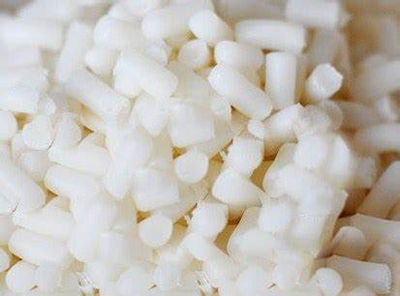Synthetic polyisoprene rubber market forecast with a CAGR of 6.3 percent through 2031
Pune, India – FMI analysts expect the synthetic polyisoprene rubber market to grow at a CAGR of 6.3% during the period, 2022-2031, driven by incorporation of innovative materials in medical gloves production to prevent the risk of latex allergy along with increasing demand for highly efficient adhesives in building & construction industry.
Analysts also expect that demand coming from high-end applications can offer larger profit pools, which should compel the manufactures to center their focus on developing material with high purity targeted at specific end-use applications.
Worldwide sales of synthetic polyisoprene rubber will roughly equate the revenues worth US$ 2.2 Bn by 2022 end, a 7% increase year-over-year, according to the latest research from Future Market Insights (FMI).
Increasing environmental regulations in regard to mounting concerns over rising rubber waste in landfills will impact the market growth in the future. Manufactures who are taking off into new processing technologies and development of new raw materials compounds that will reduce the dependence on petroleum will succeed and continue to capture relatively high market share. Aligning with newer consumer and industrial trends will be a key to strengthening the position in the market as well.
In 2021, sales of synthetic polyisoprene rubber for medical use represented ~57% share, and growing use in consumer goods production is likely to result in increased market share. Owing to enhanced consistency, lower impurities, improved manufacturability, and cost as compared to natural rubber.
The use of synthetic polyisoprene rubber in healthcare or medical items will increase 6.7% year-over-year in 2022, according to the FMI analyst. Although the industrial use of synthetic polyisoprene rubber has been rapidly increasing over the years, it continues to account for lowest share in the market.
“The risk of allergy associated with surgical gloves manufactured from natural rubber latex has largely influenced the rising demand for synthetic polyisoprene rubber,” said the FMI analyst. “Moreover, application in medical glove production has contributed more than half of the growth of the synthetic polyisoprene rubber market in 2021.”
In the recent years, increasing awareness and promotion of condom use to prevent the transmission of several STDs has significantly raised the demand for synthetic polyisoprene rubber, especially for non-latex condoms. In addition, the FMI analyst forecasts the sales of synthetic polyisoprene rubber for application in medical balloons and catheters to collectively record ~20% share in 2022.

